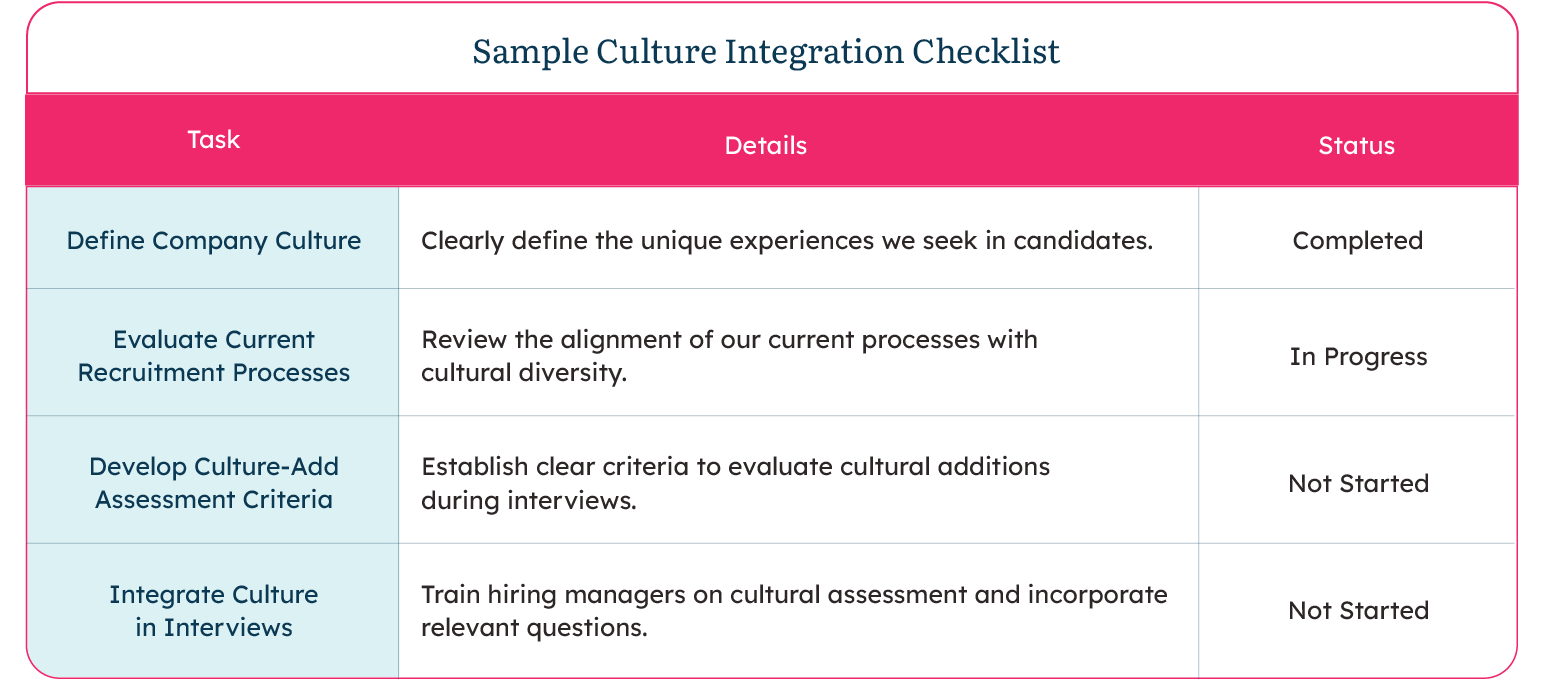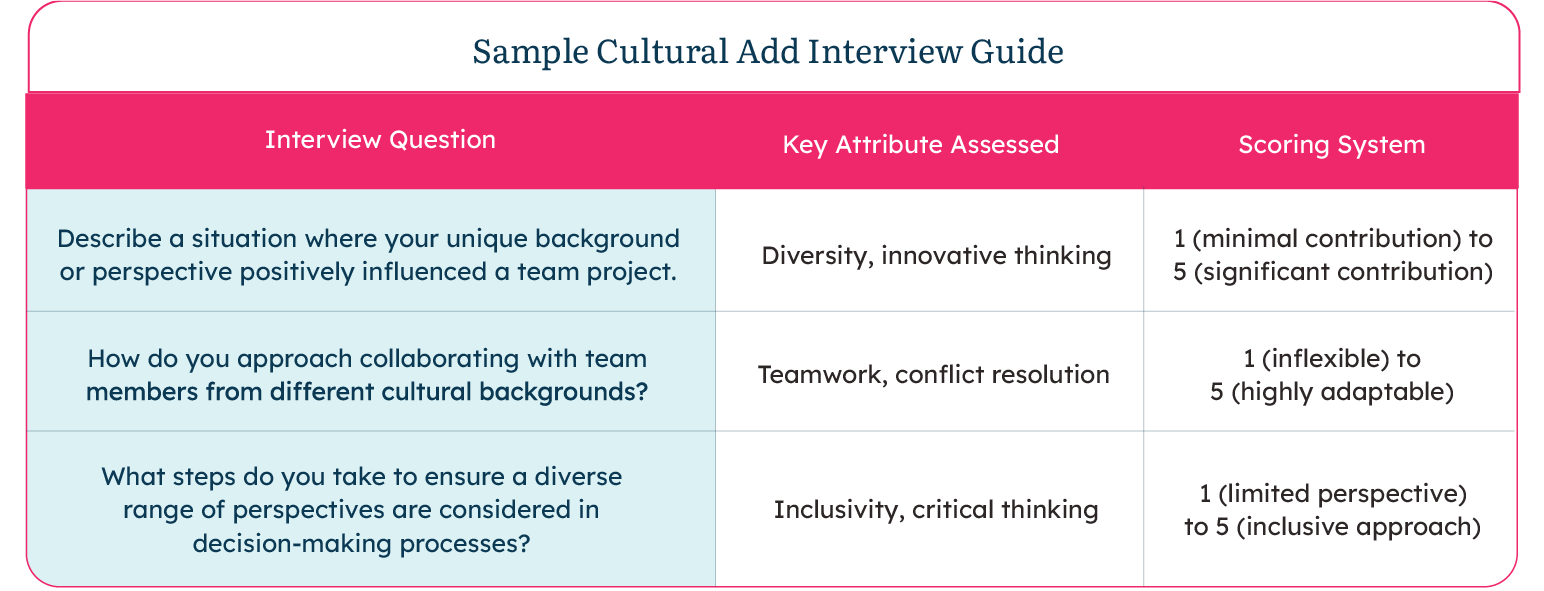It’s Monday morning, your coffee’s still kicking in, and you’ve got an intake meeting with a hiring manager in 10 minutes. Your palms are sweaty, knees weak, arms are heavy… Wait, are we quoting Eminem now? But seriously, if this scenario sends shivers down your spine or makes you want to hide under your ergonomic desk, you’re not alone.
Intake meetings with hiring managers. They’re like first dates for your job reqs – awkward, full of expectations, and, if done right, the start of a beautiful partnership. But here’s the kicker: mastering these meetings isn’t just a nice-to-have skill, they’re the foundation of successful recruitment.
Whether you’re a seasoned pro looking to up your game or a newbie recruiter still trying to figure out which end of the ATS is up, this blog is for you.
So, grab your notebook (or, let’s be real, open a new tab), and let’s dive in.
1. The Pre-Game Warm-Up: Preparation is Key
Remember in school when you’d try to wing a presentation and end up talking about “The History of Pants” for 10 minutes? Yeah, let’s not do that here. Preparation is your secret weapon.
- Do Your Homework: Research the role, the department, and recent company news. You want to walk in there looking like you’ve got a crystal ball, not a Magic 8 Ball.
- Craft Your Questions: Prepare a list of insightful questions. We’re not talking “What skills do you need?” level. Think more: “If this role were a superhero, what would its superpower be?”
- Set the Stage: Whether it’s a physical meeting room or a Zoom call, make sure everything’s set up. Nothing says “I’ve got this,” like fumbling with your mute button for the first five minutes.
Jimmy's Pro Tip: Send your intake questions to the Hiring Manager before your meeting.
It gives them time to thoughtfully prepare and reflect on their expectations. Plus, it shows you’re not messing around – you’re here to play in the big leagues.
2. The Main Event: Running the Meeting Like a Boss
Alright, it’s showtime! Here’s how to turn that intake meeting into your personal TED talk:
- Start Strong: Begin with a clear agenda and outline of the recruitment process. According to a LinkedIn survey, 75% of hiring managers find clarity in the recruitment process crucial for a successful hire. So, lay out those milestones and timelines.
- Be Transparent: Hiring managers often come with expectations shaped by past experiences. Be upfront about how you’ll support them throughout the process. It’s like setting the rules before a game of Monopoly – it prevents arguments later when you’re building hotels on Boardwalk.
- Ask Power Questions: Remember those questions you prepared? Now’s the time to unleash them. But don’t just stick to the basics. Instead of: “What are the minimum qualifications for this role?” Ask: “Can you describe the qualities or experiences that set apart exceptional candidates in this role?” Instead of: “What technical skills are required?” Ask: “Beyond technical skills, what soft skills or attributes do high-performing employees in this role typically possess?” Instead of: “How many years of experience are you looking for?” Ask: “Can you share examples of projects or achievements demonstrating a candidate’s readiness to excel in this role?”
- Listen Actively: Don’t just wait for your turn to speak. Listen like your career depends on it (because, let’s face it, it does).
- Clarify and Confirm: Repeat key points back to the hiring manager. It shows you’re engaged and helps avoid any “I thought you said you wanted a python expert, not a Python expert” moments later.
3. The Deep Dive: Understanding the Role
Now that you’ve got the basics, it’s time to really get into the nitty-gritty of the role. This is where you separate the wheat from the chaff, the recruiters from the requisition-fillers.
- Go Beyond the Job Description: Job descriptions are often wish lists. Your job is to figure out what’s really needed. “So, when you say ‘must be a team player,’ are we talking ‘brings donuts on Fridays’ or ‘willing to take a bullet for the team’?”
- Avoid the Grocery List Approach: Many Hiring Managers agree that standard job descriptions are often too prescriptive. Instead of accepting a laundry list of requirements, try this approach: “From the job description, I understand that the ideal candidate is expected to present to the executive leadership team, have coding skills, and lead a team. What other qualities or skills are you looking for that might not be evident in the standard job description?”
- Uncover Hidden Requirements: Sometimes, what’s not said is as important as what is. Ask about team dynamics, company culture, and unwritten rules.
- Prioritize Requirements: Have the hiring manager rank the must-haves vs. nice-to-haves. It’ll save you from searching for a unicorn when a horse with a party hat will do.
4. The Crystal Ball Moment: Setting Expectations
Great intake meetings aren’t just about understanding the present; they’re about predicting the future. No, we’re not talking about reading tea leaves (although, if that works for you, no judgment).
- Discuss Timelines: Be clear about how long the hiring process might take. Managing expectations here can save you from daily “Have you found someone yet?” emails.
- Talk About the Market: If you know the role is going to be tough to fill, say so. It’s better to be upfront than to have the hiring manager think you’re off playing Minecraft instead of recruiting.
- Agree on Communication: Set a schedule for updates. It keeps you accountable, and the hiring manager informed. Win-win!
5. The Grand Finale: Wrapping It Up
As the meeting winds down, it’s time for your mic drop moment.
- Summarize Key Points: Recap the main takeaways. It shows you were listening and gives the hiring manager a chance to correct any misunderstandings.
- Confirm Next Steps: Clearly outline what happens next. Who’s doing what, and by when? It’s like a less exciting, but equally important, version of planning a heist.
- Express Enthusiasm: Show that you’re excited about the role. Enthusiasm is contagious, and it might just make the hiring manager look forward to working with you.
Let’s recap, shall we? By implementing these strategies – clarity and transparency, insightful questions, and moving beyond checklists – you can create lasting partnerships that lead to exceptional hires.
So the next time you’re facing down a calendar invite with a hiring manager, take a deep breath and keep these tips top of mind. Your palms may be sweaty, but your intake-meeting skills? They’re rock solid.
You’ve got the blueprint for mastering intake meetings—now it’s time to put it into action. Let’s transform your hiring process from good to exceptional, one intake meeting at a time.





